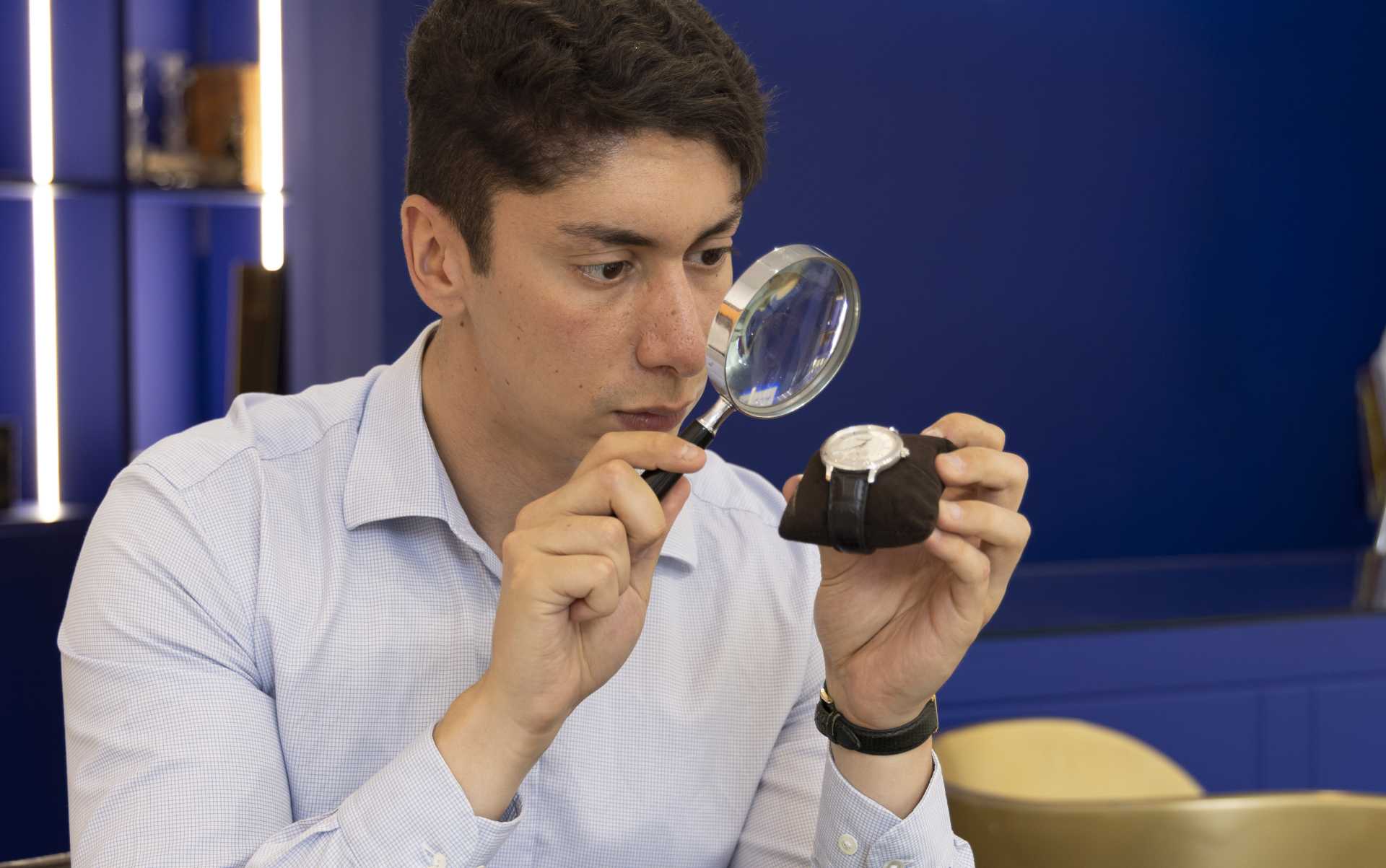Our method for appraising your antiques and collectibles

Appraising an item is an important step in the auction process or for owners seeking to know the value of their property. Auctioneers have specialized training and extensive experience in appraising fine art, antiques and collectibles.
Here are the steps that auctioneers can follow to appraise an object:
Visual examination of the object
The first step in appraising an object is to conduct a visual examination. The auctioneer examines the object in question to determine its condition, quality and authenticity. This step is essential to understanding the object and its history.
The auctioneer may use tools such as magnifying glasses, flashlights and microscopes to examine the details of the object. They may also perform laboratory tests to determine the age, origin or composition of the object.
Research on the object
Once the object has been visually examined, the auctioneer researches the object to learn more about its history, provenance and value. This step is important in understanding the object and its significance in the context of art history.
Auctioneers may consult auction catalogs, trade books or databases to find information on similar items. They may also interview experts in specific fields for additional information.
Market analysis
The art market is constantly changing and trends can change rapidly. The auctioneer therefore looks at current market trends to determine the value of the object. This step involves examining the selling prices for similar objects, as well as assessing the current demand for that type of object.
The auctioneer may also consider historical market trends for similar objects. For example, if there has been an increase in demand for a particular artist's work, this may affect the value of the item.
Estimated value
From the information gathered in the previous steps, the auctioneer estimates the value of the object. This estimate may be based on current market trends, historical information about the object and the object's current condition.
It is important to note that the appraisal of an object can vary depending on many factors, including the object's authenticity, condition, rarity and provenance. Auctioneers have extensive knowledge of the art market and collectibles, as well as valuation and research skills, which allow them to appraise objects accurately and reliably.
Expertise report
The auctioneer writes a valuation report describing the object, its condition and its value. This report can be used for auctions or for private clients who wish to know the value of their goods.
It is important to note that the appraisal of an object can vary depending on many factors, including the object's authenticity, condition, rarity and provenance. Auctioneers have extensive knowledge of the art market and collectibles, as well as valuation and research skills, which allow them to appraise objects accurately and reliably.
In conclusion, auctioneers are experts in the appraisal of fine art, antiques and collectibles. They follow a rigorous appraisal process that includes visual examination of the object, research on the object, market analysis, estimation of the value and when necessary, writing an appraisal report. Auctioneers play an important role in the identification, conservation and valuation of art objects and collectibles.